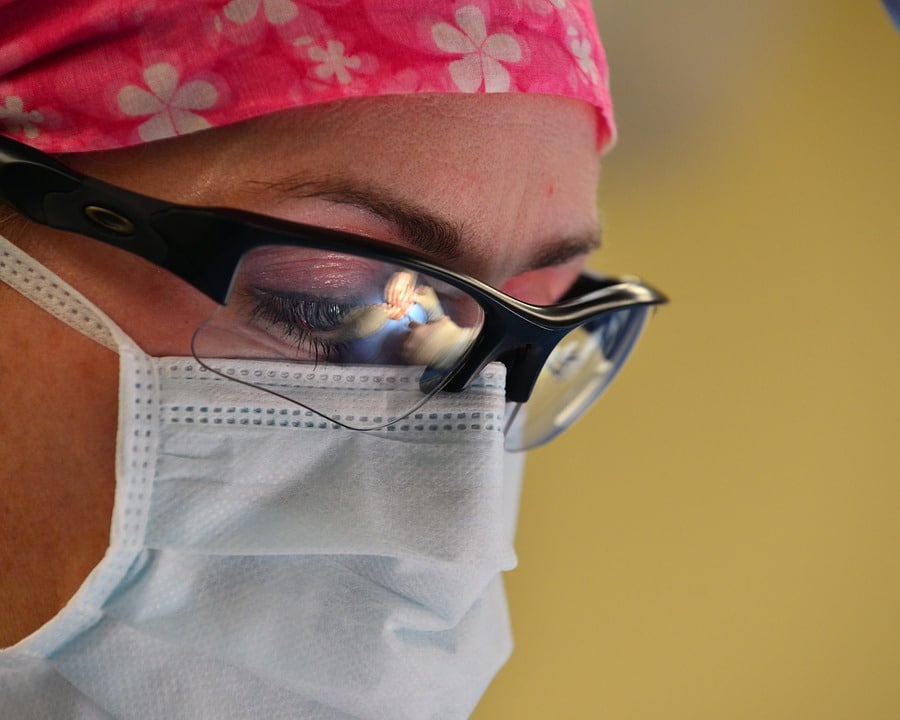Excision of a Melanoma
In recent years, skin cancer has become increasingly prominent–far outnumbering all other types of skin cancers combined. One specific type of skin cancer is called melanoma which affects the pigment-producing cells in the skin. Melanoma can present in various ways, e.g. atypical moles. Although melanoma cancer accounts for only about 1% of skin cancer cases, Melanoma has the highest fatality rate, thus making it crucial for patients to visit their dermatologist routinely for checkups.
Symptoms:
One of the most telling warning signs for melanoma is the appearance of new moles on the skin or old moles that change in color, size or shape.
An easy way to remember signs of melanoma is to use the ABCDE rule. A is for asymmetry. Spots with asymmetry have different appearances on either side. B is for border. The borders (edges) of spots will look rough, blurred or irregular. C is for color. The mole will have color inconsistencies with potentially different shades of black, brown, pink, red, white or blue. D is for diameter. Moles with a diameter larger than six millimeters should checked for sure, but some moles have smaller diameters. E is for evolving—that is, moles that change in appearance over time.
Causes:
Melanoma can be caused by overexposure to UV lights. Patients should use sunscreen and avoid artificial tanning sessions. Melanomas can run in the family, so patients who have affected family members may have higher risk.
Treatment:
The main way to treat early-stage melanoma is to perform excisional surgery which is usually preferred for medical and cosmetic reasons. Derick Dermatology offers excisional surgeries (at its Elgin and Arlington Heights locations) by fellowship trained dermasurgeons and board-certified dermapathologists with the highest level of training in the field.
What to expect during the procedure:
The surgeon will outline the tumor with a pen, leaving an almond-shaped “margin” around the affected area. A “margin” is an area of healthy skin around the area of interest to ensure containment of the tumor, as it is impossible to identify accurately the extent of the cancer with the naked eye.
Local anesthesia is administered to the area of excision, and affected skin is removed. The skin is sutured together and will remain sutured for one or two weeks. Healing time usually ranges from one-to-two weeks, and scarring will vary depending on body location of the wound and aftercare of the wound.
The “margin” of the removed tissue will be tested for cancer cells. If the spread of melanoma cells is detected in this margin, the cancer might still be present, and additional procedures may be needed. Procedure times could vary based on the size of the excision.
When an invasive melanoma is deeper than 0.75mm or is a Clark’s Level IV, the patient is referred to a surgical oncologist for a sentinel lymph node biopsy (SLNB).







